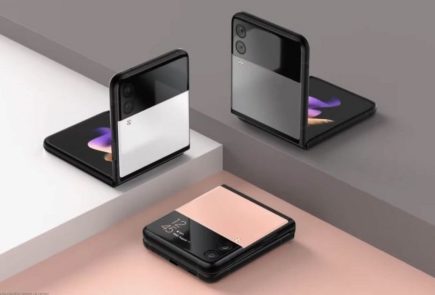Microsoft Developing a Windows 10 ROM For Android Devices

Microsoft has announced today that it will be bringing its premier operating system, Windows 10 to 190 countries around the world this summer. The company also hinted at plans to expand its market share in the portable devices market. Microsoft’s collaboration with Xiaomi also led to many speculations in the market as to how the Chinese smartphone powerhouse would play in Microsoft’s plan to expand its mobile market share. The details aren’t out yet, but it seems Microsoft is offering a ROM that will replace Android to make Windows 10 the primary OS of a smartphone.
Microsoft has announced that under its deal with Xiaomi, a select group of Mi 4 ‘Power users’ will get a chance to test the new Windows 10. Xiaomi made clear that it is not a partnership between the two companies, and Xiaomi is just “assisting” Microsoft in its efforts.
The new ROM doesn’t offer dual-boot solution, and Windows 10 becomes the default OS of the smartphone. It is comparable to the CyanogenMod or any other custom ROM. The ROM is basically designed to get Android users to try Windows 10 native user interface and the Windows-centric apps. This, Microsoft hopes will encourage the users the to switch from Android to Windows OS.
At present, Microsoft is testing the ROM in China but it is definitely planning on expanding its reach to other countries. It has started with Xiaomi as the company has a proactive user base that constantly sends back feedback through the companies portal. Microsoft will find it easier to gather suggestions and feedbacks through Xiaomi’s already available infrastructure.
Microsoft is trying hard to find takers for its smartphone devices. According to the last IDC listing Android is a behemoth in the smartphone market which controls 82.3 percent of the global smartphone market followed by Apple’s iOS which holds 13.8 percent while Microsoft Windows Phone OS accounts for just 2.7 percent at present.
Microsoft has also talked about introducing advanced features which let users connect and work on their desktop and mobile devices seamlessly. If these features work in Microsoft’s favour, you can anticipate a rise in Microsoft’s smartphone market share because in the desktop OS space, Microsoft still rules with a comfortable majority. In fact, at present, the various Windows OS’s (Windows 7,8, 8.1) are running on over 69% of the computers while Windows XP accounts for about 19% of the global market. By offering unique interconnectivity features, Windows can attract its massive desktop user base to give its smartphone ecosystem a try.

























